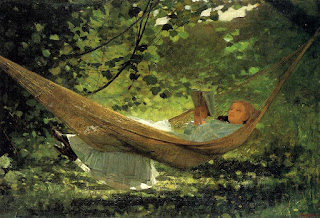by Bacopa Literary Review Poetry Co-Editor Oliver Keyhani
 |
| Fig. 1. Typescract 63 Dom Sylvester Houedard, 1963, 20x12.5 cm |
Visual poetry bends the script, the letter, the consonants, the vowels. It allows for a from oral tradition to written text to imagery of the written text. Modern visual poetry is as dynamic and diverse as any art form. It can, but does not have to push a dialogue (dialect?) between visual arts and literature, between representation and abstraction, between constructions and deconstructions.
Visual poetry spans lettering, typography, handwriting, and collage. From the typestracts of Houedard and other typography (Figs. 1 & 2) to concrete poems and calligrams (Fig. 3) that recapitulate the shapes of objects and things, visual poetry allows for a dynamic interplay that connects the eyes and ears in the experience of poetry (click on images to enlarge).
Visual poetry also has a rich history of rebelliousness, whimsy, social commentary, and even scathing political exposure. As stated by Derek Beaulieu, "The libidinal excess typified in concrete poetry is not tied to a biological author, but rather to the excess and waste caused in the production by business machines of 'correct' and legible documents." (Beaulieu, The Last VISPO Anthology: Visual Poetry 1998-2008, pg. 75)
 |
| Fig. 2. Calligram, Guillaume Appolinaire |
Many visual poets chafe at "accepted conventions of Poetry," and seek to challenge and push boundaries of subject and object, form and function. The "distortion" of text into a visual aspect that cannot be separated from the text itself can be seen as an echo of the "conceptual structure of reality" espoused by Hegel.
If things exis for actualizing "a priori pure
concepts," visual poetry can provide potentially unanticipated sources
of "sense impressions" that seem to hint at our social reality.
 |
| Fig. 3, Amanda Earl |
Bacopa Literary Review is interested in exploring this form and is currently accepting submissions in Visual Poetry. Due to current considerations of cost and printing, in this cycle we can only consider poem images in black and white that can be reasonably reproduced in a 5 x 8 inch page format.



